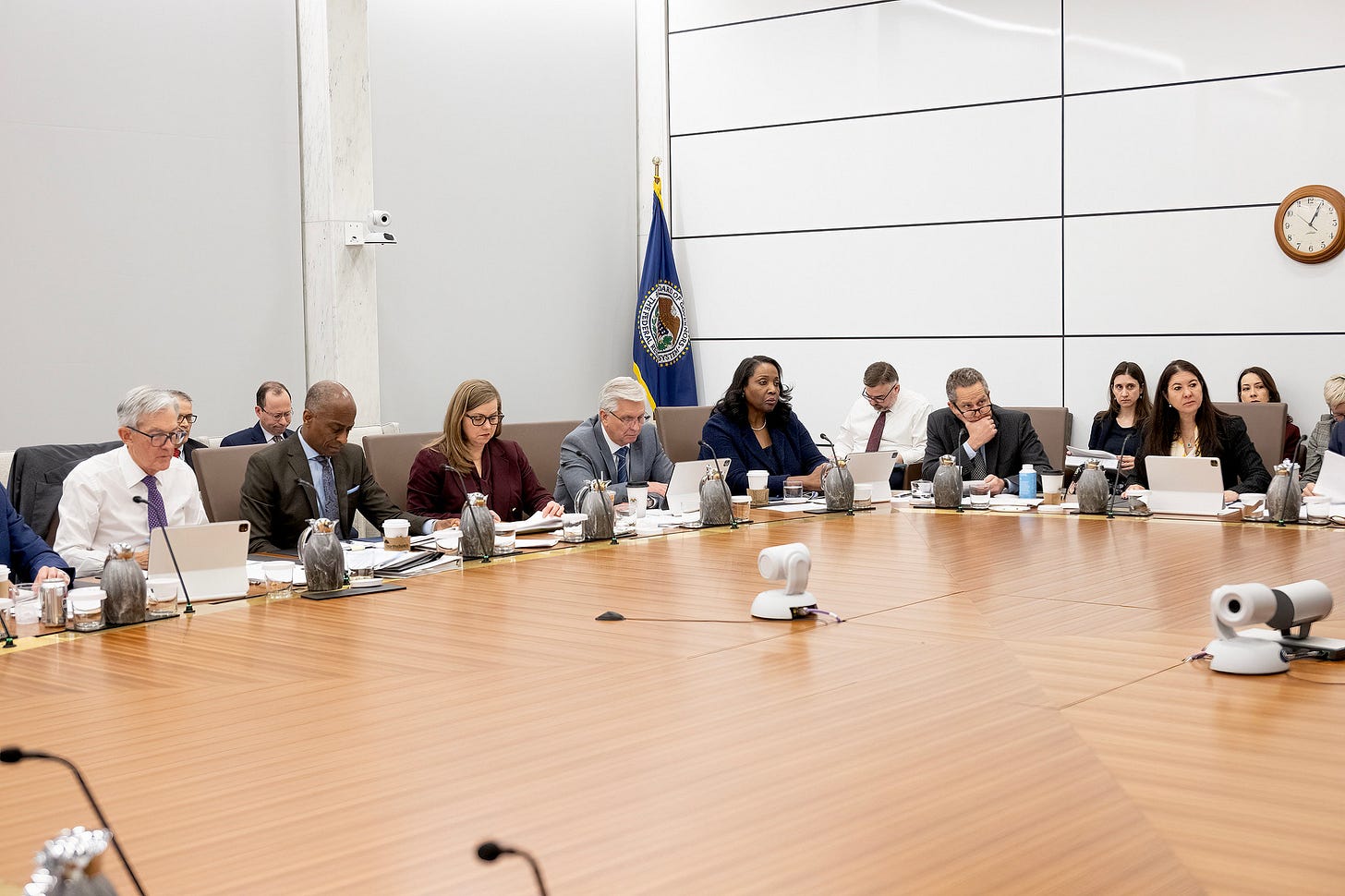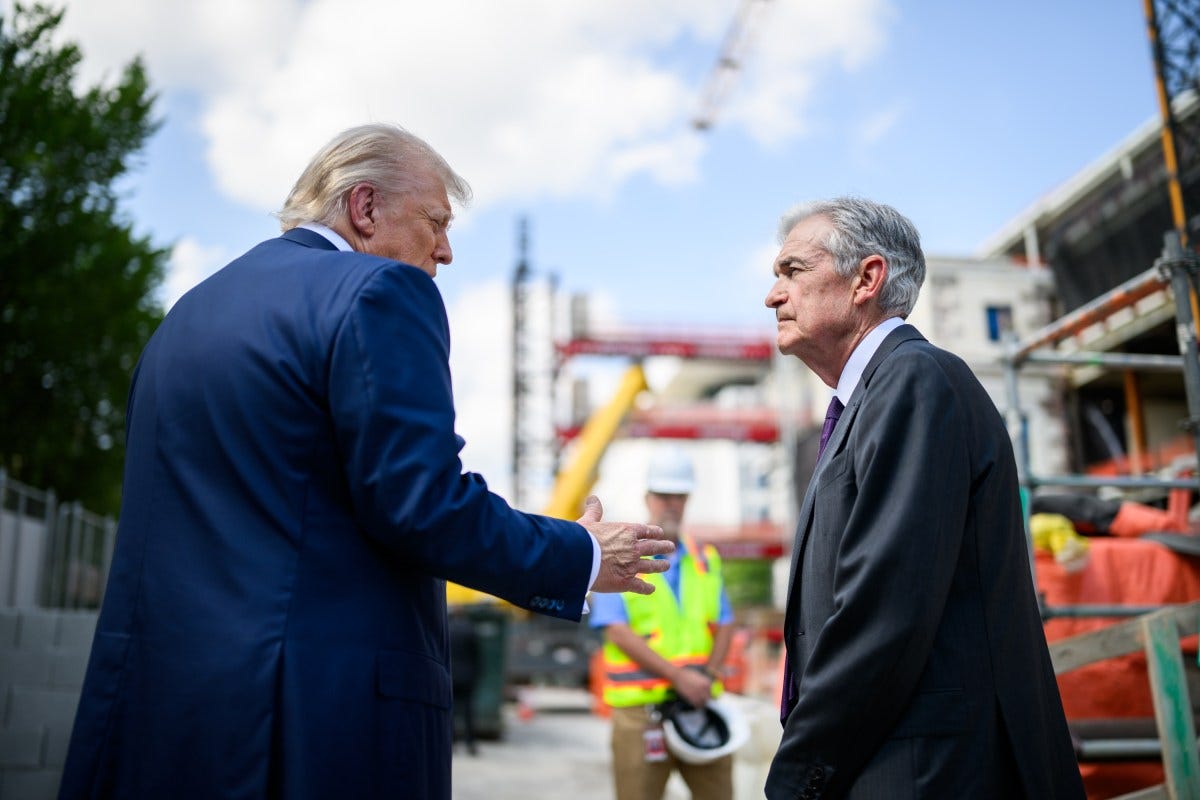The Federal Reserve: Guardian of Stability
Introduction
Every economy needs a referee. In the United States, that role belongs to the Federal Reserve System, better known as “the Fed”. Most people associate it with interest rate hikes, inflation headlines, or cryptic statements from Jerome Powell. But the Fed is far more than a rate-setting committee. It is the central nervous system of the financial world, quietly ensuring that money circulates, banks remain solvent, and confidence in the U.S. dollar holds firm.
Since its creation in 1913, the Fed has been both praised and criticized: praised for stabilizing crises and providing liquidity when no one else could, criticized for policy errors that sometimes exacerbated downturns. Yet through all of America’s booms and busts, the institution has remained the anchor of economic stability.
To understand why the Fed matters today, especially in light of recent political drama, it helps to first understand what it is, how it works, and what goals it pursues.
1. Origins: Why Was the Fed Created?
Before 1913, America had no central bank. Instead, the country relied on private banks and ad hoc government interventions. The result? Frequent financial panics, particularly in 1907, when a banking collapse forced J.P. Morgan himself to organize a private bailout.
Congress realized the system was unsustainable. So the Federal Reserve Act established a central bank with a decentralized structure:
Strong enough to stabilize the economy.
Local enough to avoid fears of “Wall Street domination.”
That balance explains why the Fed is not one single bank but a system, part public, part private, part national, part regional.
2. The Structure of the Fed
The Federal Reserve is a three-layered institution:
Board of Governors – Seven members based in Washington, D.C., nominated by the president and confirmed by the Senate. They set broad policy.
12 Regional Reserve Banks – Located in cities like New York, Chicago, Dallas, and San Francisco. They act as the operational arms of the system, supervising banks and implementing policy.
The FOMC (Federal Open Market Committee) – The “nerve center” of monetary policy. It consists of the governors plus rotating presidents of the regional banks, with the New York Fed always having a seat (given Wall Street’s role in global finance).
This hybrid structure is unique. It gives the Fed a national mandate while ensuring regional voices influence decisions.
3. The Fed’s Mandates: Balancing Act
The Fed’s goals are defined by Congress. Officially, it has a dual mandate:
Price Stability: Keeping inflation low and predictable.
Maximum Employment: Supporting conditions where people who want jobs can find them.
In practice, a third mission has emerged:
Financial Stability: Acting as the “lender of last resort” to prevent banking crises.
The tension between these goals is constant. Cutting rates might boost jobs but risk higher inflation. Raising rates might tame prices but push unemployment higher. Every Fed decision is a balancing act with trade-offs.
4. The Tools of the Fed
How does the Fed actually influence the economy? Its toolkit includes:
Interest Rates (Fed Funds Rate): The most visible lever. Raising rates makes borrowing more expensive, cooling the economy. Cutting rates stimulates growth by lowering the cost of credit.
Open Market Operations: Buying or selling Treasury securities to inject or withdraw liquidity. This is how the Fed controls the supply of money in the system.
Reserve & Capital Requirements: Setting how much banks must hold as buffers against losses, reducing the risk of systemic collapse.
Emergency Facilities: During crises (2008, 2020), the Fed created special lending programs to stabilize credit markets.
These tools may sound technical, but their impact is felt everywhere: mortgage rates, car loans, credit card bills, business investment, even stock valuations.
5. Why Independence Matters
The Federal Reserve is unusual in that it operates independently within government. The president cannot simply order it to cut rates, and Congress cannot dictate day-to-day policy. The reason is simple: monetary policy works on long time horizons, while politics works on election cycles.
If politicians could set rates freely, they might push for easy money before elections, regardless of inflation risks. History shows that when central banks lose independence, whether in Latin America in the 1980s or Turkey more recently, the result is often runaway inflation and financial instability.
That’s why the Fed’s credibility is one of its most valuable assets. Markets trust that it will prioritize stability over politics.
6. The Fed in Action: From Crisis to Calm
The importance of the Fed becomes clearest in moments of crisis:
Great Depression (1930s): Critics argue the Fed failed by not acting aggressively enough, allowing banks to collapse.
Global Financial Crisis (2008): The Fed cut rates to near zero, launched massive bond-buying (quantitative easing), and backstopped failing banks.
Pandemic Shock (2020): It reopened emergency facilities, supported credit markets, and stabilized liquidity almost overnight.
Each intervention shows the Fed’s dual role: stabilizer of the present and guardian of long-term trust in the dollar.
7. Today’s Crossroads: Rate Cuts & Political Pressure
Fast forward to today. The Fed is navigating another tricky moment. Inflation, while down from its 2022 highs, remains above the 2% target. At the same time, labor market indicators suggest a slowdown ahead. Policymakers are signaling a series of rate cuts to avoid tipping the economy into recession.
Yet beyond economics, the institution itself faces an unprecedented political challenge. For the first time in its history, a U.S. president has attempted to dismiss a sitting Fed governor. The case has landed in court, raising questions about whether the Fed’s vaunted independence could erode.
This isn’t just a Washington drama. If markets lose faith in the Fed’s autonomy, the dollar’s role as the world’s reserve currency could weaken. Higher borrowing costs, volatile capital flows, and long-term instability would follow.
Business leaders and lawmakers across the spectrum have rallied to defend the Fed, underscoring a simple truth: without an independent referee, the game itself becomes unstable.
Closing Thoughts
The Federal Reserve is often invisible, its work tucked away in technical statements and balance sheets. But behind those numbers lies an institution central to the functioning of the modern economy. It is not perfect, it has made mistakes and will make more, but its role as an independent guardian of stability is indispensable.
As it faces the dual challenge of navigating economic headwinds and defending its independence, one thing remains clear: the Fed is not just about interest rates. It is about trust, credibility, and the stability of the financial system itself.
In the months ahead, its decisions will shape not only the path of the U.S. economy but also the future of global markets.
Stay informed and unlock alpha with Gauch-Research. 🚀




